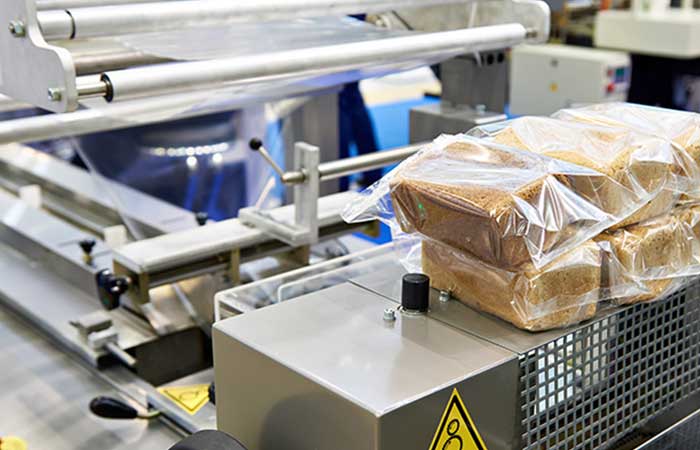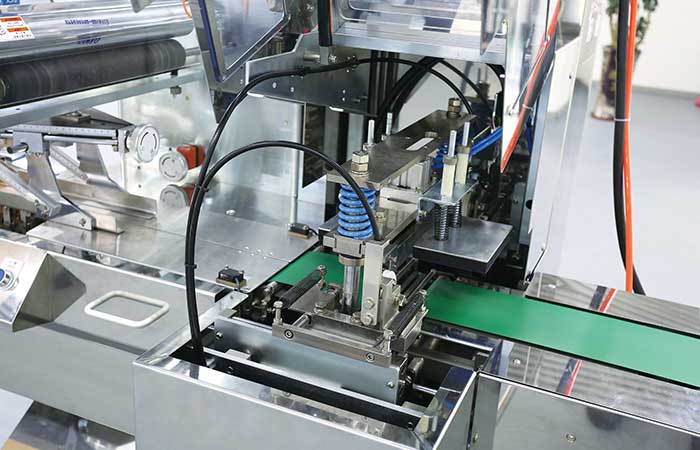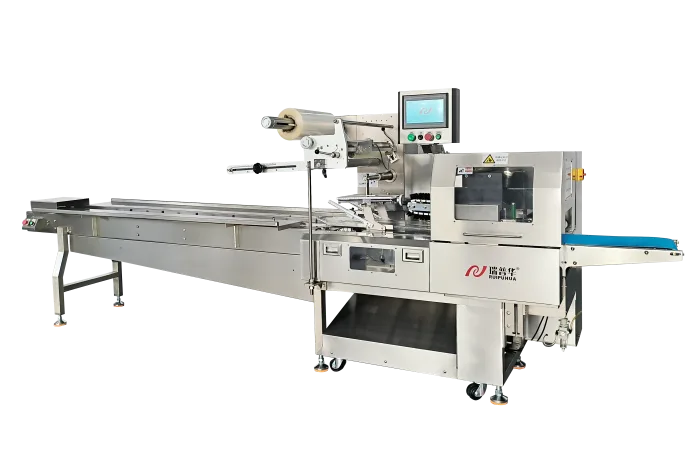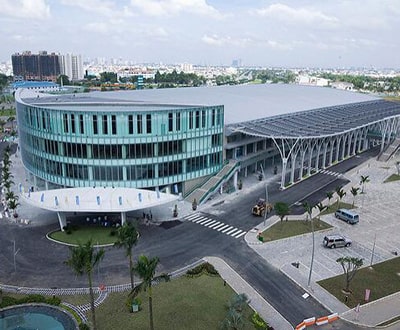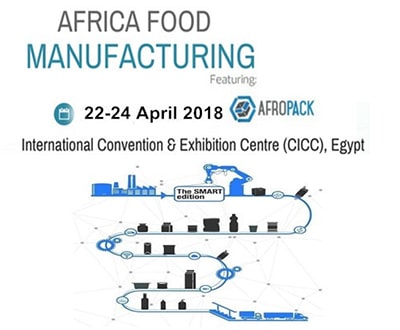Understanding the Impact of Tariffs on Chinese Food Packaging Equipment
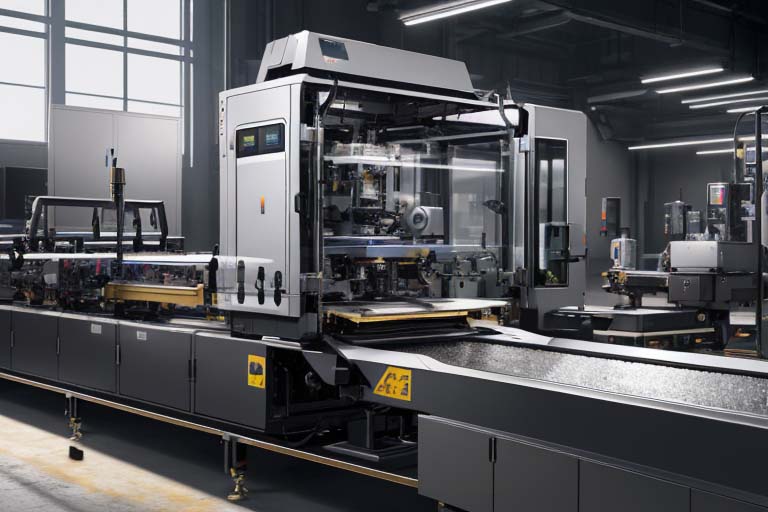
The Complex Implications of Tariffs on Chinese Food Packaging Equipment
In recent years, the global trade landscape has been significantly impacted by the imposition of tariffs on Chinese imports, including food packaging equipment. The implementation of these tariffs has sparked heated debates and controversies, raising concerns about the future of supply chains, manufacturing costs, and overall economic stability within the food packaging industry.
One of the primary effects of tariffs on Chinese food packaging equipment is the increase in production costs for manufacturers. As tariffs raise the prices of imported equipment, companies are forced to either absorb the additional expenses or pass them on to consumers. This dilemma can lead to higher prices for packaged food products, potentially impacting consumer spending patterns and market demand.
Furthermore, the tariffs on Chinese food packaging equipment have triggered a shift in sourcing strategies for many companies. In an effort to mitigate the impact of tariffs, businesses are exploring alternative suppliers in other countries or even considering reshoring their manufacturing operations. This transition can be fraught with challenges, such as finding reliable suppliers with comparable quality standards and production capabilities.
Another critical aspect to consider is the long-term impact of tariffs on the competitiveness of the food packaging industry. As companies grapple with increased costs and supply chain disruptions, their ability to innovate and adapt to changing market dynamics may be hindered. This could potentially stifle technological advancements in packaging design and material development, limiting the industry’s ability to meet evolving consumer preferences and sustainability goals.
Despite the challenges posed by tariffs on Chinese food packaging equipment, there are also opportunities for growth and innovation within the industry. Companies that proactively address supply chain vulnerabilities, invest in research and development, and foster strategic partnerships can weather the storm of tariffs and emerge stronger and more resilient.
In conclusion, the impact of tariffs on Chinese food packaging equipment is multifaceted, affecting various stakeholders across the industry. By understanding the complexities of these trade policies and embracing proactive strategies for adaptation, companies can navigate the challenges posed by tariffs and position themselves for long-term success in the dynamic global marketplace.
For more insights and updates on the evolving landscape of food packaging equipment tariffs, stay tuned to our blog for future articles and analyses.
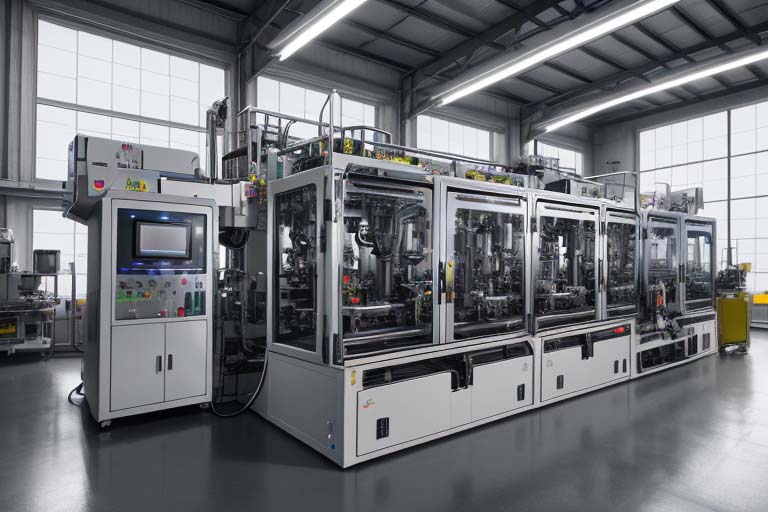
-
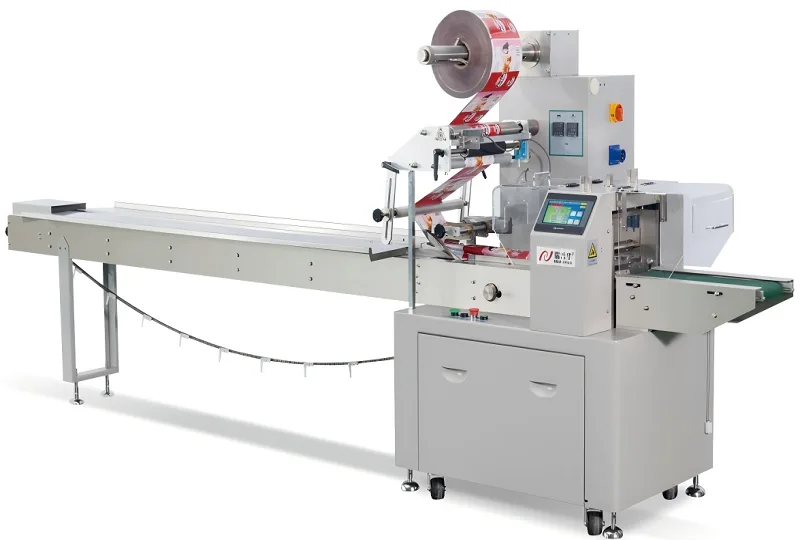 01
01Automatic Tray Loading and Packaging Equipment: Boost Efficiency to 160 Bags/Minute
21-11-2025 -
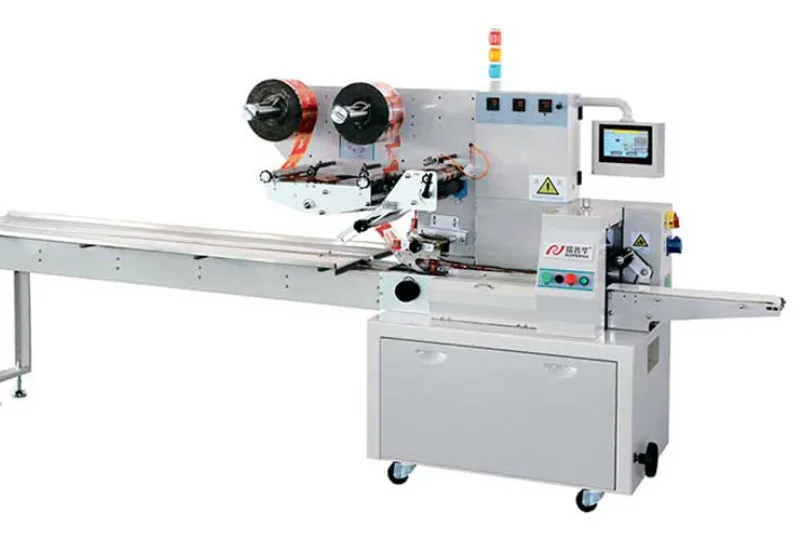 02
02Automatic Soap Packaging Machine: Boost Productivity with 99% Qualification Rate
21-11-2025 -
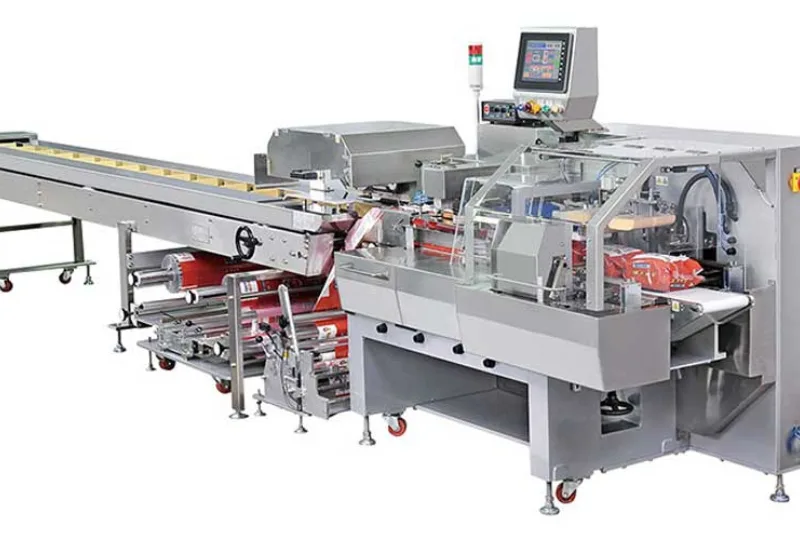 03
03A Deep Dive into Automatic Toast Processing and Packaging System
18-11-2025 -
 04
04The Future of Bakery Production: Automated Toast Processing and Packaging System
18-11-2025 -
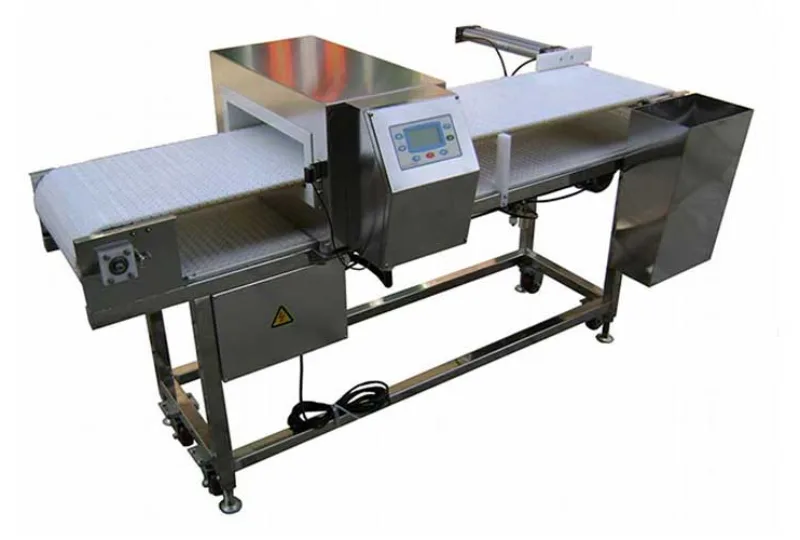 05
05Reliable Food Packaging Solutions with China Bread, Candy, and Biscuit Machines
11-10-2025 -
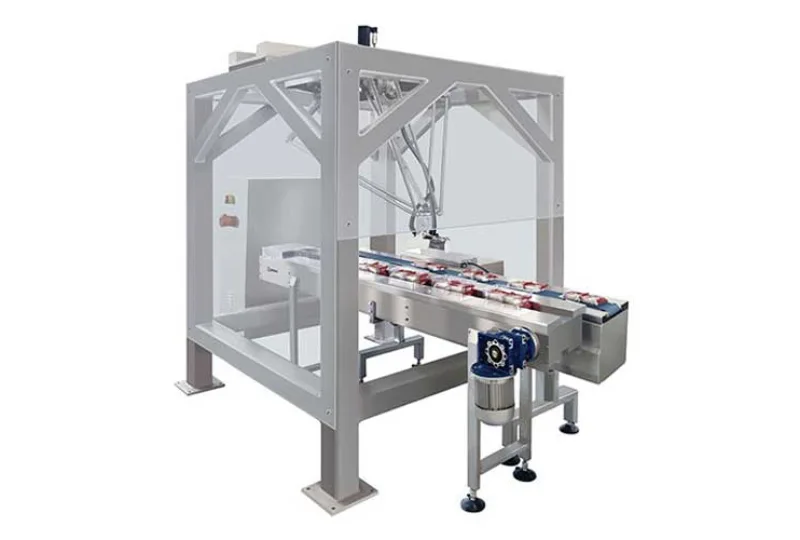 06
06High-Performance Automated Food Packaging Equipment for Modern Production
11-10-2025 -
 07
07Reliable Pillow Packing Machines for Efficient Packaging Operations
11-10-2025 -
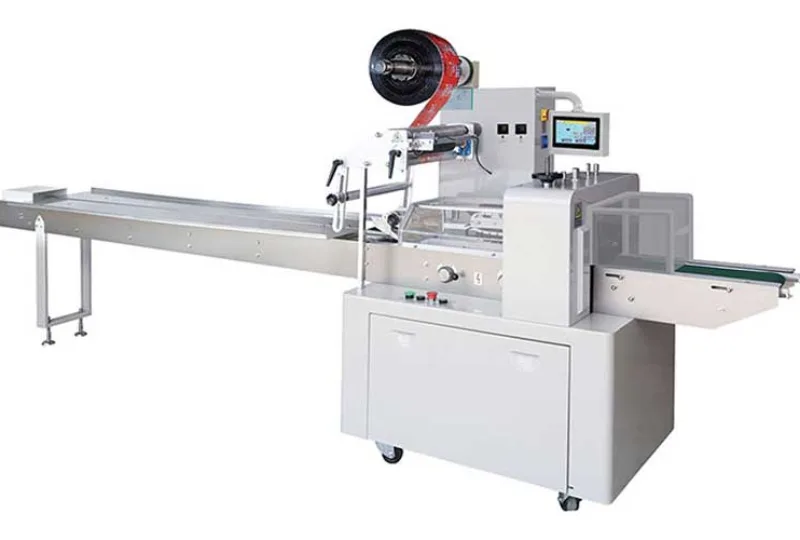 08
08Advanced Fully Automatic Packaging Solutions for Efficient Production
11-10-2025 -
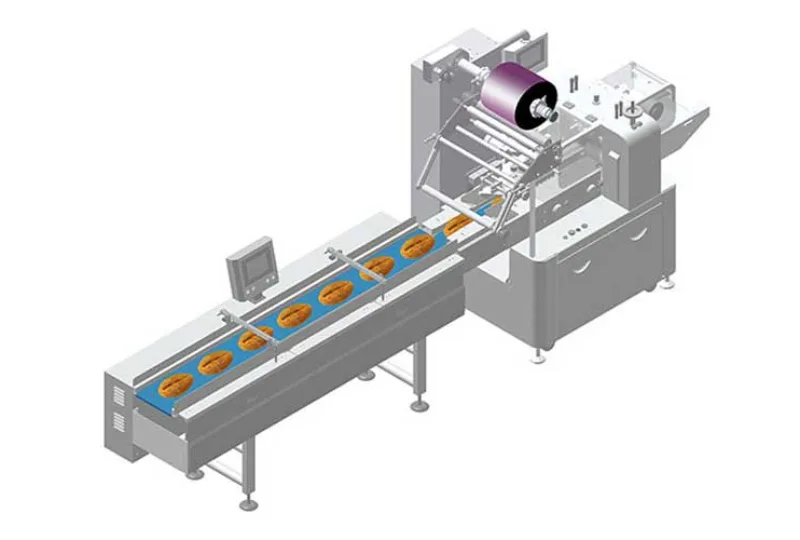 09
09Efficient Automatic Food Packaging Solutions for Modern Production
11-10-2025 -
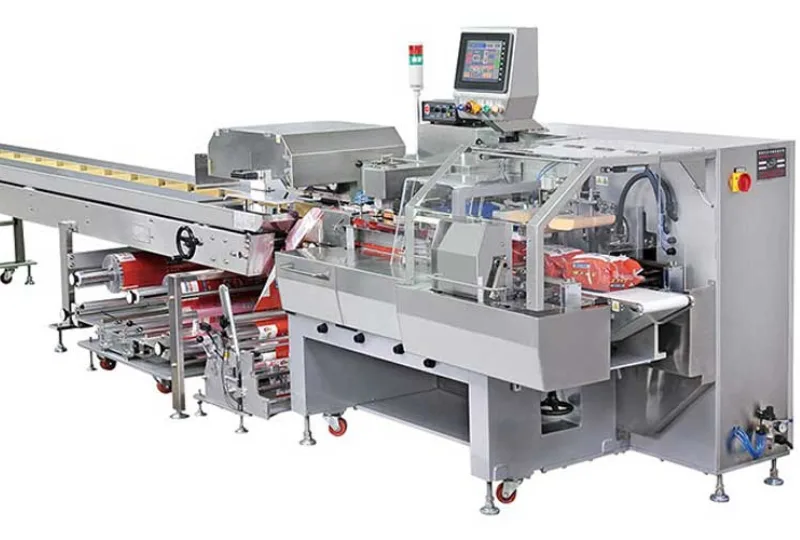 10
10Advanced Automatic Packaging Equipment for Efficient Production
11-10-2025



